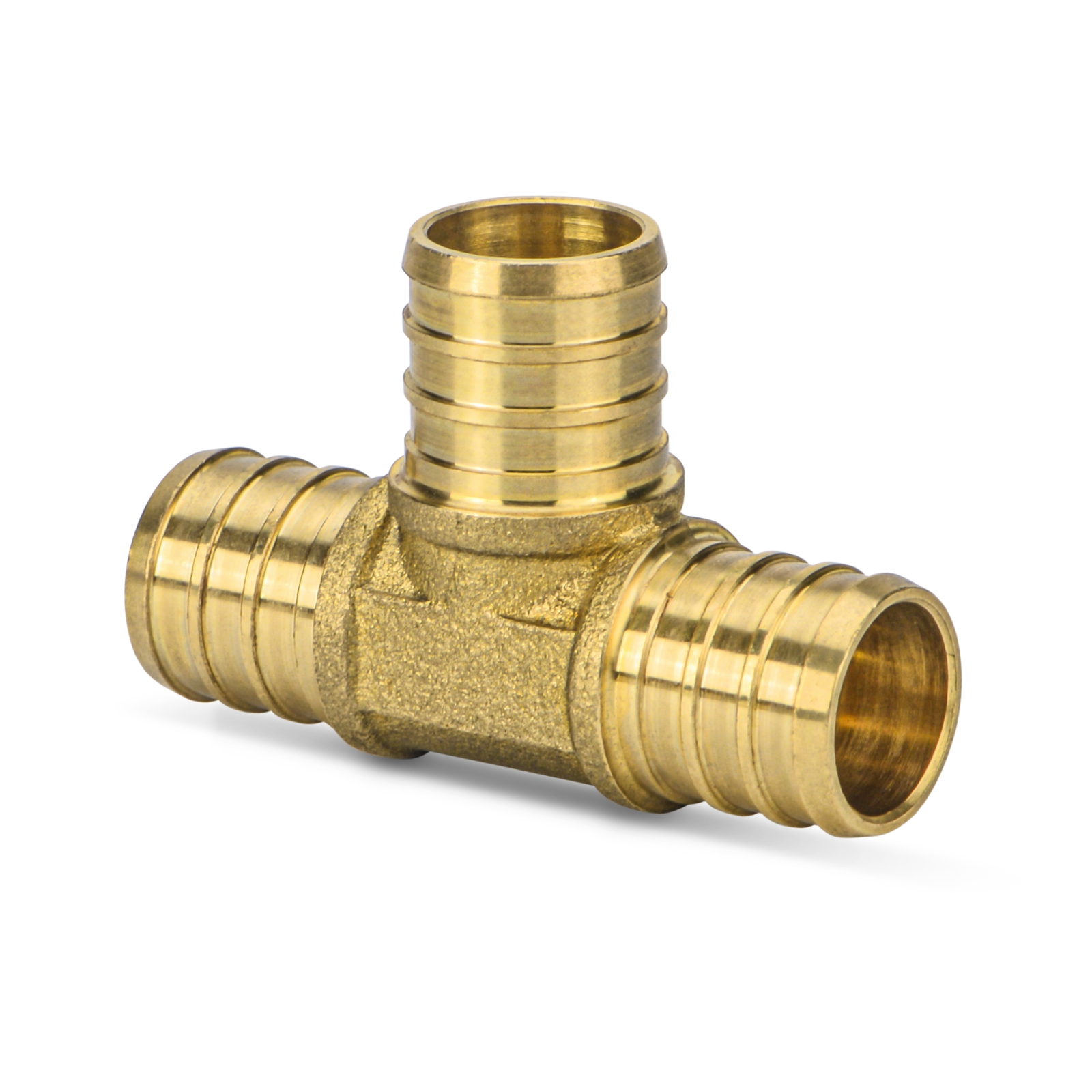Hose fittings play a vital role in plumbing systems by connecting and controlling the flow of liquids and gases. They are available in a wide range of materials, sizes, and shapes, each designed to meet specific plumbing requirements. Hose fittings are commonly made from brass, stainless steel, aluminum, and plastic materials. They also come with various types of connections, including threaded, barbed, flanged, and compression fittings.

One of the critical functions of hose fittings is to connect pipes and hoses. In plumbing systems, pipes and hoses carry liquids and gases, and hose fittings serve as the junction that joins them. For instance, a fitting could connect a water pipe to a hose, or it could connect two pipes together. Without fittings, pipes and hoses would be disjointed and unable to function adequately.
Another important function of hose fittings is to control the flow of fluids or gases in a plumbing system. By using valves, regulators, and other flow control devices, hose fittings can increase or decrease the pressure, flow rate, and direction of fluids in the system. This control is necessary for many plumbing applications, including regulating the temperature of hot water, controlling the pressure of gas lines, and directing water flow in irrigation systems.
Hose fittings can also protect plumbing systems from damage by preventing leaks and other failures. By using high-quality materials and manufacturing techniques, hose fittings can resist corrosion, wear, and pressure. Additionally, fittings can be designed to prevent backflow, which is the reverse flow of liquids in a plumbing system. Backflow can damage equipment, contaminate water, and pose health risks to people.
Moreover, hose fittings are essential in ensuring that plumbing systems work efficiently and effectively. When properly installed and maintained, fittings can help reduce energy and water waste, minimize maintenance costs, and prolong the life of the system. By ensuring that the right fittings are used for specific applications, plumbing professionals can optimize the performance and reliability of plumbing systems, preventing downtime, and costly repairs.
In summary, hose fittings are critical components of plumbing systems, serving various functions that support the efficient and reliable delivery of fluids and gases. As such, it is essential to select high-quality fittings that are designed to meet specific plumbing requirements. Additionally, regular inspection, maintenance, and replacement of fittings can help ensure that plumbing systems operate at peak capacity, reducing operational costs and minimizing the risk of failure.